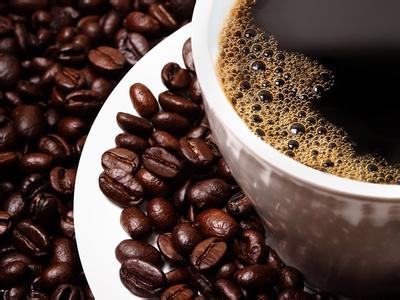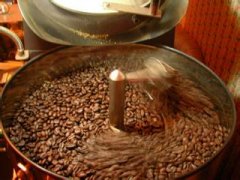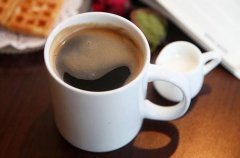Step Analysis of Wet treatment of Coffee after picking

As the harvest season is almost over, I would like to add an overview of the coffee processing process. In this blog post, I will introduce to you the steps of wet treatment in Yunnan after coffee picking.
After harvest, the berries are either sent directly to the pulp collector (if the harvest is done well), or concentrated in a siphon tank filled with water. The berries are washed and separated in this jar. The stone sank to the bottom of the jar and was picked up by hand when the jar was emptied. Lighter berries float on the water and are removed with a hedge along with leaves and twigs. The berries suspended in the water are then recovered by a siphon and transported to the pulp collector.
The purpose of removing the pulp is to separate the pulp from the seed coat of coffee beans. The pulp is removed by squeezing the berries. Because ripe berries contain a lot of moisture, peeled coffee beans can easily pop out when the berries are squeezed.
The next step is to remove the mucus, which aims to remove the residue of the mesocarp that clings to the seed coat after the pulp has been removed (see the illustration of the various parts of the coffee berry). Because the mucus is insoluble in water and tightly attached to the seed coat, it cannot be removed by simple cleaning, so it either needs to be cleaned after fermentation or can be removed by strong friction in an equipment called a mucus remover.
In Yunnan, this process is mainly accomplished by natural fermentation. The term fermentation is not 100% accurate because there is no biochemical reaction inside the coffee beans. It is more appropriate to call this process the use of biochemical reaction or hydrolysis to remove mucus. This reaction is caused by natural enzymes in coffee berries.
The fermentation time varies from 6 hours to 72 hours, depending on the temperature, the amount of mucus and the concentration of digestive enzymes. Put the coffee in a fermentor until the mucus is completely decomposed and the beans can be washed.
The key to ensuring the quality of coffee is to stop fermentation at the right time, because excessive fermentation can lead to the emergence of so-called smelly coffee beans. If the fermentation is insufficient or too slow, butyric acid or propionic acid will be produced, both of which will adversely affect the quality of coffee.
The fermented coffee with skin needs to be cleaned immediately after the completion of the fermentation process to terminate the process. However, after removing the mucus and before cleaning, it may be necessary to soak the coffee with skin in clean water for 12 to 24 hours to reduce the bitter taste of the coffee drink.
Important Notice :
前街咖啡 FrontStreet Coffee has moved to new addredd:
FrontStreet Coffee Address: 315,Donghua East Road,GuangZhou
Tel:020 38364473
- Prev

10 factors to consider when choosing green coffee beans
Green bean sellers are primarily responsible for grading coffee beans before selling them to coffee bean merchants. After grading, premium and premium coffee beans are selected, although they may have some flaws that do not affect the coffee rating. These flaws are less severe, but they can potentially damage coffee quality. Although Cupping is undoubtedly the clearest way to examine coffee beans
- Next

Coffee processing methods Fine Coffee basis
Within 8 hours after picking, the coffee fruit should be peeled, otherwise negative fermentation will occur, thus affecting the quality of coffee beans. There are three main methods of processing coffee: drying method, semi-dry treatment method and non-dry treatment method. The last method of treatment is adopted in Yunnan. The purpose of the treatment is to peel the coffee beans and reduce the water content of the coffee beans to an appropriate level.
Related
- Beginners will see the "Coffee pull flower" guide!
- What is the difference between ice blog purified milk and ordinary milk coffee?
- Why is the Philippines the largest producer of crops in Liberia?
- For coffee extraction, should the fine powder be retained?
- How does extracted espresso fill pressed powder? How much strength does it take to press the powder?
- How to make jasmine cold extract coffee? Is the jasmine + latte good?
- Will this little toy really make the coffee taste better? How does Lily Drip affect coffee extraction?
- Will the action of slapping the filter cup also affect coffee extraction?
- What's the difference between powder-to-water ratio and powder-to-liquid ratio?
- What is the Ethiopian local species? What does it have to do with Heirloom native species?

